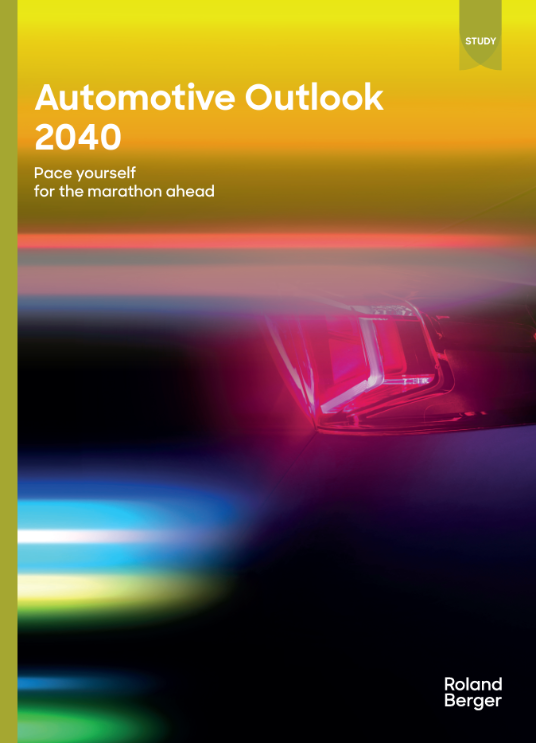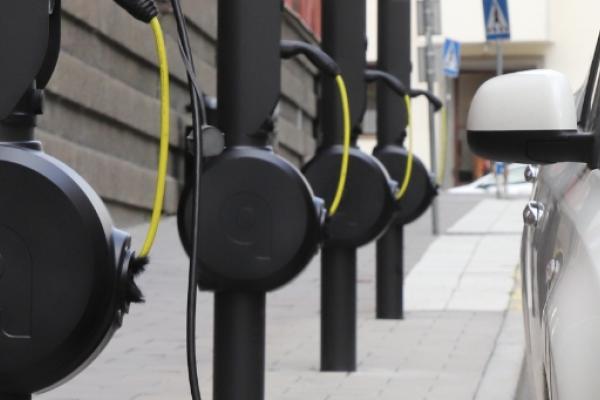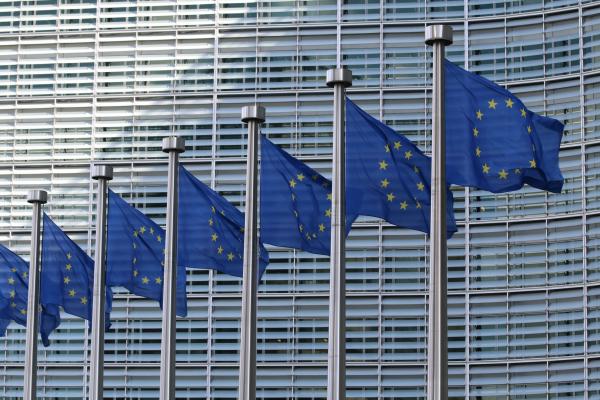
A recent report from Roland Berger highlights transformative trends in the global automotive industry as it transitions from internal combustion engines (ICEs) to battery-electric vehicles (BEVs). The findings shed light on shifting market dynamics, evolving supply chains, and emerging business opportunities driven by the electrification wave.
Global Electrification Trajectory
The report confirms the inevitable rise of BEVs, projecting their global market share to surpass 70% by 2040. While the pace of adoption varies regionally, key drivers include tightening emission standards, the high costs of maintaining dual powertrain strategies, and the introduction of new BEV models across all segments.
- Europe: Expected to lead with BEVs accounting for 99% of new vehicle sales by 2040.
- China: Anticipated to maintain a BEV share of 70-85%, leveraging its leadership in EV production and battery technology.
- North America: Projected to lag with a BEV share of 42-60%, reflecting slower electrification and policy divergence.
- Rest of the World (RoW): Predicted to reach a 50% BEV share, driven by declining costs and renewable energy availability.
Structural Shifts in Supply Chains
Electrification is reshaping the automotive supply chain:
- Raw Material Dependencies: The shift away from fossil fuels has increased reliance on critical minerals like lithium, cobalt, and nickel, primarily controlled by the Global South. China dominates refining and battery material supply, posing strategic challenges for Europe and the US.
- Legislative Responses: Europe and the US are fostering local battery manufacturing through policies such as the EU's Critical Raw Materials Act and the US Inflation Reduction Act to reduce reliance on imports.
- Aftermarket Impacts: BEVs require 30-35% fewer traditional parts than ICE vehicles, but high-voltage (HV) batteries introduce new aftermarket opportunities. Battery replacements and repairs could generate substantial revenue, though cost concerns may prompt vehicle scrappage instead.
Emerging Business Models: V2G and V2H Systems
As BEVs integrate with green energy systems, vehicle-to-grid (V2G) and vehicle-to-home (V2H) technologies are gaining traction. These systems enable BEVs to act as energy storage units, stabilizing electricity grids by:
- Storing excess energy during low demand.
- Feeding energy back into the grid during peak demand, earning revenue for BEV owners.
- Providing backup power during outages, enhancing energy security.
V2G and V2H systems offer significant cost savings for consumers while creating new revenue streams for automotive players and energy providers.
Limited Role of Other Alternative Fuels
The report emphasizes that alternative fuels like hydrogen and e-fuels will play only a minor role in passenger vehicles due to their inefficiency, high costs, and infrastructure challenges. Hydrogen is expected to find limited use in heavy-duty applications, while e-fuels will remain niche due to their high primary energy requirements and conversion losses.
Challenges and Opportunities in Global South Markets
Developing markets in Latin America, Africa, and South Asia present unique challenges:
- Aging imported BEVs with obsolete technology may dominate vehicle stock.
- Limited charging infrastructure hinders large-scale BEV adoption.
- Renewable energy potential and raw material supplies offer opportunities for local EV ecosystems.
Conclusion: A Changing Automotive Landscape
The Roland Berger report paints a picture of an industry undergoing rapid transformation. While Europe is poised to lead the transition, challenges such as supply chain vulnerabilities, policy misalignment, and varying regional adoption rates must be addressed. Strategic investments, robust industrial policies, and innovative business models will be critical for automotive players to thrive in this new electrified era.
For the full report, visit: https://content.rolandberger.com/hubfs/Roland_Berger_Automotive_2040-Outook_ENG.pdf .
Views and opinions expressed are those of the author(s) and do not reflect those of the European Commission.



